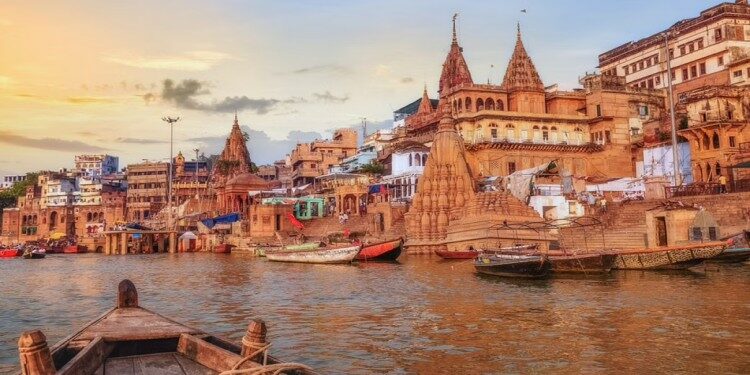In news– Varanasi has been nominated as the first-ever Shanghai Cooperation Organization (SCO) Tourism and Cultural Capital during the period 2022-2023 at the 22nd Meeting of SCO.
Key updates-
- It will promote tourism, cultural and humanitarian exchanges between India and the SCO member Countries.
- It also underlines country’s ancient civilizational links with Member States of SCO especially the Central Asian Republics.
- Under the framework of this major cultural outreach program, a number of events will be hosted in Varanasi during 2022-23, for which guests will be invited to participate from SCO Member States.
- The regulations for nomination of the SCO Tourism and Cultural Capital were adopted at the Dushanbe SCO Summit in 2021 with an objective of promoting cooperation between the SCO Member States in the field of culture and tourism.
About Varanasi/Benaras-
- Varanasi is a city in the northern Indian state of Uttar Pradesh dating to the 11th century B.C.
- Regarded as the spiritual capital of India, the city draws Hindu pilgrims who bathe in the Ganges River’s sacred waters and perform funeral rites.
- It is located on the left bank of the Ganges (Ganga) River and is one of the seven sacred cities of Hinduism.
- Along the city’s winding streets are some 2,000 temples, including Kashi Vishwanath, the “Golden Temple,” dedicated to the Hindu god Shiva.
- It was one of the first major urban settlements in the middle Ganges valley.
- By the 2nd millennium BCE Varanasi was a seat of Vedic religion and philosophy and was also a commercial and industrial centre famous for its muslin and silk fabrics, perfumes, ivory works, and sculpture.
- It was the capital of the kingdom of Kashi during the time of the Buddha (6th century BCE), who gave his first sermon nearby at Sarnath.
- Varanasi remained a centre of religious, educational, and artistic activities as attested by the celebrated Chinese Buddhist pilgrim Xuanzang, who visited it about 635 CE and said that the city extended for about 3 miles (5 km) along the western bank of the Ganges.
- Varanasi subsequently declined during three centuries of Muslim occupation, beginning in 1194.
- In 1910 the British made Varanasi a new Indian state, with Ramnagar (on the opposite bank) as headquarters but with no jurisdiction over the city of Varanasi.
- In 1947, after Indian independence, the Varanasi state became part of the state of Uttar Pradesh.
















